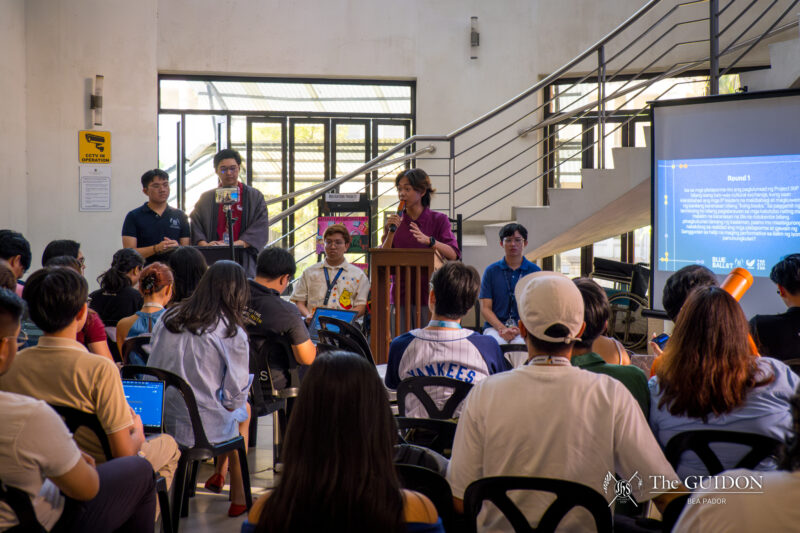AMIDST PREPARATIONS for midterm reports, one’s planner is greeted with a meteor shower of org meetings and general assemblies. This can take a toll on one’s mental and emotional batteries from day to day. The expectation might be to come home to a reflective shower, a quiet meal, and a good night’s sleep, but for the average Atenean, the reality is far from it.
Upon reaching home, I hesitate to activate my Wi-Fi. Notifications are like a minefield to me; I’m certain that if I were to tap on one of them, there will be no end.
But the work often required of college students these days is hard to produce without the Internet and social media as means of communication, execution, and research. Got a group paper to do? Google Docs has got your back. Got a project to promote? Facebook’s ready to publish your poster. Missed some details from the lecture today? Just log on to Schoology to download today’s PowerPoint.
In 2015, The Happiness Research Institute released a study involving 1,095 Danish people with half of them tasked not to use Facebook for a week. These were the findings: 94% of the sample visited Facebook as part of a daily routine. Those on Facebook are “55% more likely to feel stressed,” while those who took breaks are “18% more likely to feel present in the moment.” The treatment group that lived without Facebook felt “less concentration difficulties.”
But this study was done in Denmark. With the Philippines dubbed as “the social networking capital of the world,” I shudder to think of the numbers that this study could amount to if it were done here.
It seems that we’ve learned to be quite contingent on social media. According to Esquire Features Editor Audrey Carpio, even the average baby is on social media within 57 minutes of being born. Such exposure to social media has become deeply embedded in our daily interactions that it has found its way into our work lives.
As a generation tagged as “digital natives,” our expectations have heightened such that we are quick to presume our peers to be online. We’re perpetually in public; there’s almost no time to retreat from social exposure and we get anxious about “missing out” from social media. Add this to the fact that we have to be online to be “present” for group work—as if an invisible entity were checking our attendance outside class.
Is there, perhaps, a place to take our work other than social media?
I’m not the first to grapple with this question. Cloud-based learning management system (LMS) Schoology has been in operation since 2009 and others such as Slack, Workplace by Facebook, and Google Classroom have followed suit. Yet according to American psychologist Rey Junco, “When given the choice of a number of social technologies to use as part of a course, students will overwhelmingly choose Facebook.”
Despite various studies showing the precarious effects of working on social media, I proffer a few reasons why LMSs seem not to catch on with students today. First, it seems that millennials prefer work to remain in one place. And aside from the hassle of switching from a platform you’re accustomed to, LMSs are expensive to maintain. Probably the most crucial reason is that students tend to be more responsive on social media than anywhere else.
Perhaps it’s time to think of other ways that we can put a healthy divide between our work and social lives. As the aphorism goes, “There’s a right place for everything.” But until we realize that this divide is necessary, we might see ourselves working in an environment wherein we cannot enjoy our own privacy, let alone finish work with optimal productivity.







